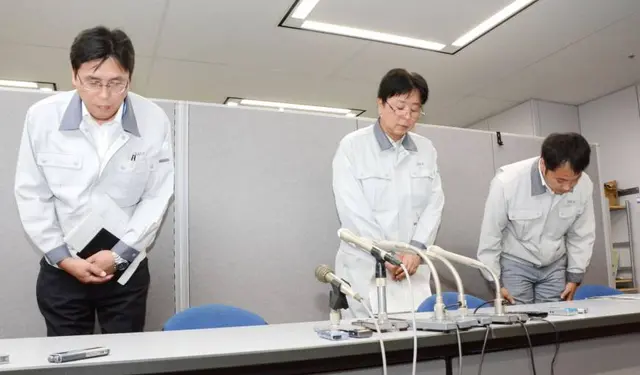Five workers were exposed to radiation on June 6 during an inspection at a nuclear energy research center here, including one with 22,000 becquerels of plutonium in his lungs, the facility’s operator said.
So far, none of the workers has complained of health problems, according to the Japan Atomic Energy Agency, the often-criticized operator of the Oarai Research and Development Center.
The agency will observe the five workers for several weeks to check on whether they suffered from internal radiation exposure.
The incident at the center was reported to a regularly scheduled meeting of the Nuclear Regulation Authority held on June 7.
Nobuhiko Ban, an NRA commissioner who is a specialist in radiological protection, commented on the exposure level of the most serious case.
“While there should be no serious effect on the worker’s health, it was not a minor amount,” Ban said at the meeting. “It will certainly lead to a considerable level of internal radiation exposure."
The agency said no radioactive materials leaked outside of the center.
And agency official said earlier, “We believe the exposure was not enough to have an effect on their health.”
According to agency officials, the accident occurred at 11:15 a.m. in an analysis room of the fuel research building where studies are conducted on new forms of nuclear fuel for use in fast reactors.
After experiments are completed, the nuclear fuel, consisting of uranium and plutonium, is placed in a container that is then wrapped twice in plastic. The wrapped container is then placed in a metallic cylinder with a diameter of about 10 centimeters.
The accident occurred when the workers tried to open the metallic container to inspect the storage conditions. The plastic wrapping was ripped, and radioactive materials were spewed into the air. Officials believe a change in pressure may have caused the accident.
The protective clothing and gloves worn by the five employees were contaminated. Although the workers all wore face masks that covered their mouths and noses, radiation exposure apparently from plutonium was confirmed in the nasal cavities of three of them.
The NRA instructed local safety inspectors to look over the accident site.
The NRA has severely criticized the agency in the past for shoddy management.
The agency was described as being unfit to safely operate the Monju prototype fast breeder-reactor in Fukui Prefecture.
It was also found to have handled radioactive waste in a slipshod manner at its Tokai reprocessing facility.
(THE ASAHI SHIMBUN)
 简体中文
简体中文

